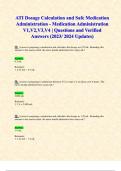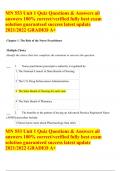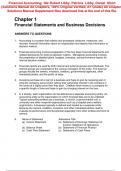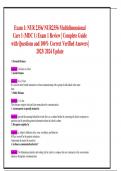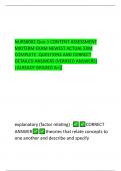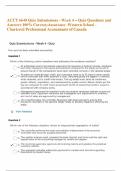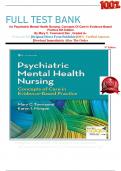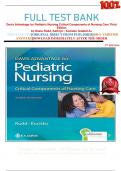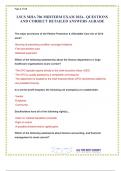Examen
Test Bank For Foundations and Adult Health Nursing 9th Edition by Cooper, (Ch 1 - 58) > Download as Pdf File <
******** INSTANT DOWNLOAD AS PDF FILE ******** Test Bank For Foundations and Adult Health Nursing 9th Edition by Cooper, (Ch 1 - 58) > Download as Pdf File < 1. Test bank for Foundations and Adult Health Nursing 9th Edition Cooper pdf download 2. Cooper Foundations and Adult Health Nurs...
[Mostrar más]




